What is an interesting way that Python is used to solve a real world problem
What is an interesting way that Python is used to solve a real world problem
Python is widely used in solving various real-world problems due to its simplicity, flexibility, and vast libraries. One fascinating example is using Python for weather forecasting and climate modeling.
The National Oceanic and Atmospheric Administration (NOAA) uses Python as part of their Weather Forecasting System (WFS). WFS is a critical tool for predicting severe weather events like hurricanes, tornadoes, and blizzards. Python plays a significant role in processing massive amounts of data from various sources such as:
Radar: Using the pyradar library, NOAA processes radar data to track storms and predict their movement. Satellites: The Sentinel Hub library enables NOAA to access satellite imagery, which helps them monitor weather patterns globally. Ground stations: Python scripts process data from ground-based weather stations, including temperature, humidity, wind speed, and pressure.NOAA uses Python for several tasks:
Data analysis: Python's NumPy and Pandas libraries facilitate efficient data processing and manipulation. Visualization: Plotting libraries like Matplotlib and Seaborn help create visual representations of weather patterns and forecasts. Model development: Python is used to develop and test complex climate models, such as the Community Earth System Model (CESM). Data integration: Python scripts combine data from diverse sources into a unified framework for analysis and visualization.The benefits of using Python in this application are numerous:
Rapid prototyping: Developers can quickly create and test new algorithms or visualizations. Scalability: Python's ability to handle large datasets enables NOAA to process massive amounts of weather-related data efficiently. Flexibility: The language's simplicity and vast libraries allow for easy integration with other tools and systems.Another example is the use of Python in agriculture, particularly with crop monitoring and prediction. Companies like Granular use machine learning algorithms implemented in Python to:
Analyze satellite imagery: Python scripts process images from satellites like Planet Labs or NASA's Terra/Aqua platforms to monitor crop health and growth. Predict yields: By analyzing historical weather patterns, soil quality, and other factors, Python models predict crop yields, enabling farmers to make data-driven decisions. Detect pests and diseases: Python-based computer vision algorithms identify early signs of pest infestations or plant diseases, allowing for targeted interventions.In both these examples, Python's versatility, speed, and ease of use have made it an essential tool in solving real-world problems. Its ability to process large datasets, integrate with other tools, and enable rapid prototyping make it an ideal language for various industries, from weather forecasting to agriculture.
What does the command list do in Python?
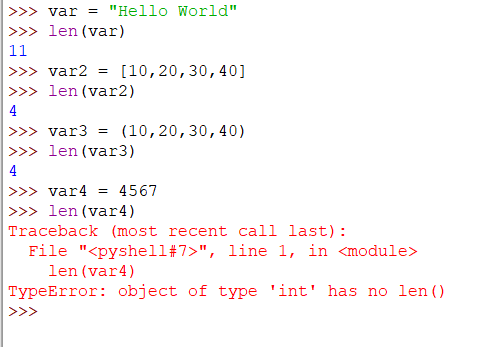
The command line! In Python, the list command is a built-in function that creates a new list by iterating over an iterable object (like a string, tuple, or another list) and concatenates each item into a list.
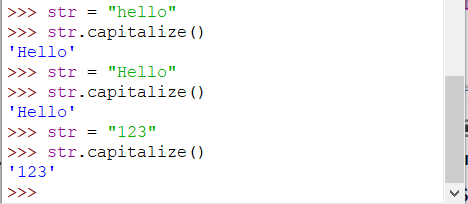
Here's how it works:
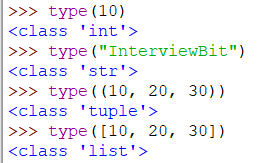
Basic Syntax
list(iterable)
Where iterable can be any of the following:
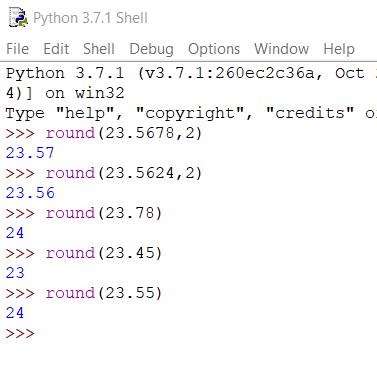
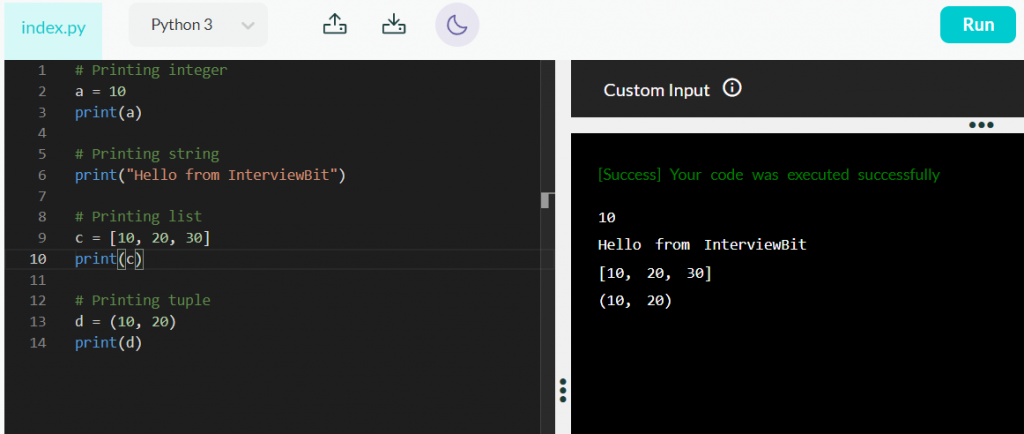
Example Usage
Suppose we have a string s = "Hello, World!". We can use the list command to convert this string into a list of individual characters:
s = "Hello, World!"
chars_list = list(s)
print(chars_list) # Output: ['H', 'e', 'l', 'l', 'o', ',', ' ', 'W', 'o', 'r', 'l', 'd', '!']
Now we have a list chars_list containing each character of the original string as individual elements.
Using list with Tuples or Other Lists
You can also use list to convert tuples or lists into separate elements:
# Using a tuple
t = ('A', 'B', 'C')
t_list = list(t)
print(t_list) # Output: ['A', 'B', 'C']
Using another list
inner_list = [['Inner List Element 1'], ['Inner List Element 2']]
outer_list = list(inner_list)
print(outer_list) # Output: [['Inner List Element 1'], ['Inner List Element 2']]
What Does list Do, Exactly?
When you use the list command on an iterable object, it does the following:
Why Use list?
In Python, using list can be helpful when you need to:
Now that you know the basics of list, feel free to experiment and see what kind of creative possibilities this command has to offer!





























